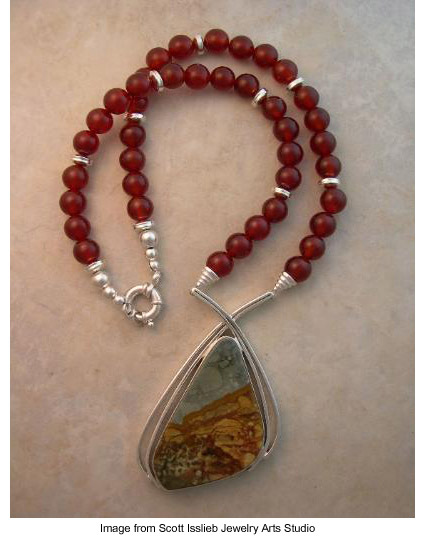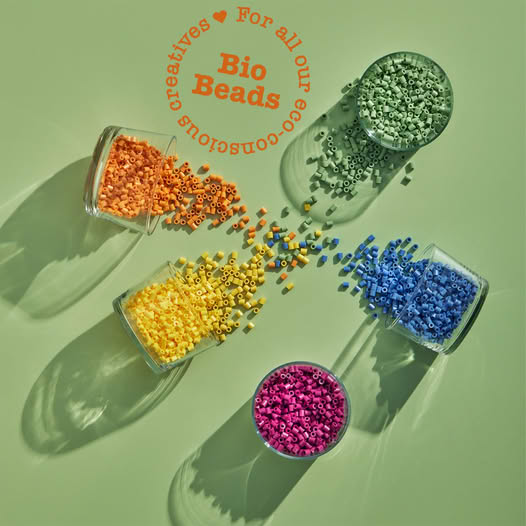 A recent stroll lead me to the store front of jewelry designer and gemologist Scott Isslieb. Scott was kind enough to show me around his store and introduce me to his work. Scott was quick to tell me that he doesn’t describe himself as an artist, though the craftsmanship evident in his work and the passion with which he describes cutting stones speaks another story.
A recent stroll lead me to the store front of jewelry designer and gemologist Scott Isslieb. Scott was kind enough to show me around his store and introduce me to his work. Scott was quick to tell me that he doesn’t describe himself as an artist, though the craftsmanship evident in his work and the passion with which he describes cutting stones speaks another story.
One of Scott’s display cases is filled with beautiful cabochons of jasper that he’s carefully cut from larger stones. Many are simply set; elegantly framed in silver to allow the stones to shine like the piece above. I saw this necklace in person and I can tell you that the photo does not do it justice. Scott told me the quality of this cut was one of those rare ones – the risky cut to see what more the stone could reveal paid off here though many times it doesn’t. Like an impressionist landscape painting, the jasper is reminiscent of Scott’s home turf in Arizona where he received his degree in sculpture.
Bangles of silver and copper makume-gane glistened as we talked about his beginnings in the industry as a jewelry appraiser. We talked about pricing handmade work and the value of buying higher quality pieces of jewelry that will someday become heirlooms as opposed to seeking the lowest cost for jewelry that ends up being a very poor bargain when it breaks or tarnishes.
If you are near downtown Little Rock, go by Scott’s store to see his work first hand and enjoy a visit with him. You can also see Scott’s show schedule and more of his work at http://www.scottissliebjewelry.com/

What a beautiful necklace ! i found some great necklaces on this other site as well they have a large variety of beads from all over the world, as well as beading tools and jewelry-making supplies.
http://www.beadsbyfrabels.com
whats your favorite type of jewelery ?